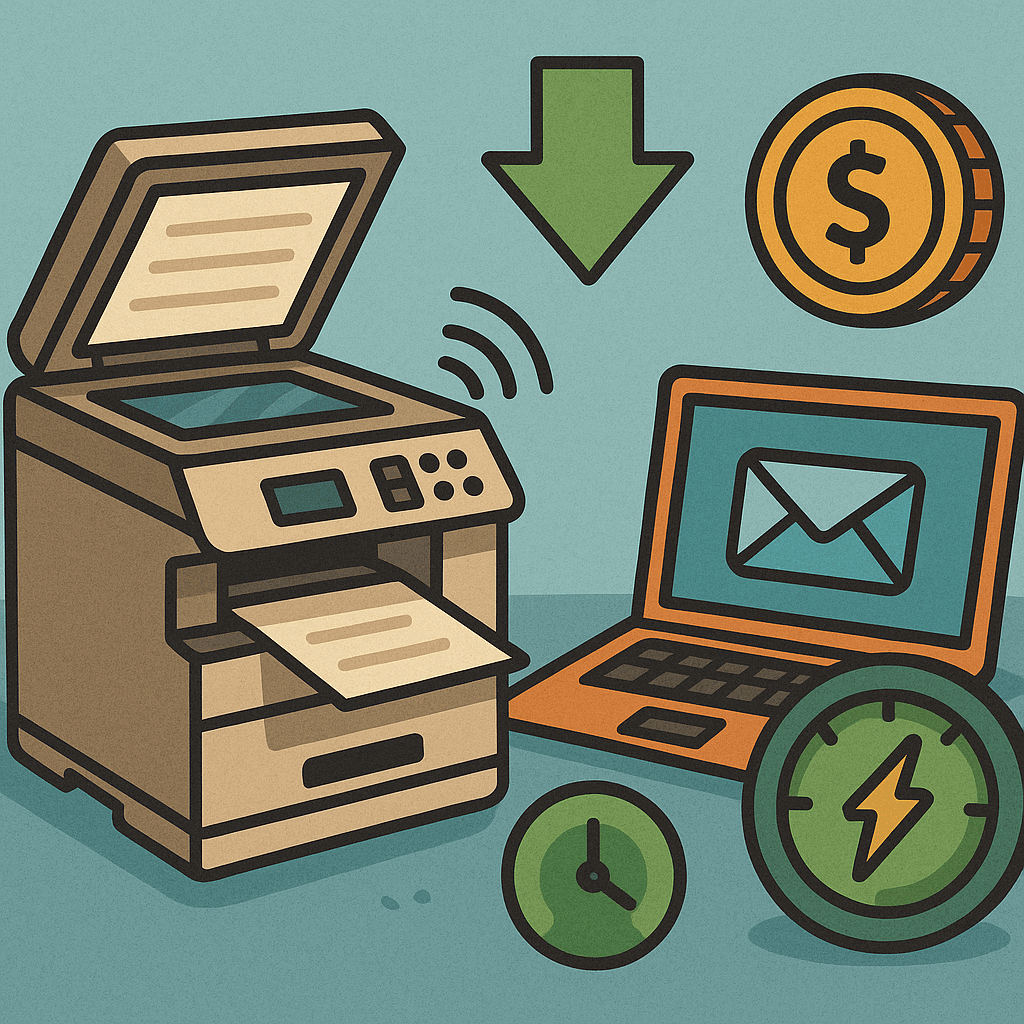
Scan-to-Email Printer Efficiency: How to Slash Energy Costs
Discover how scan-to-email printers reduce energy consumption by up to 30% while streamlining workflows. Learn the verified facts about printer power usage in 2025!
15501 San Pablo Ave #165 Richmond, CA 94806
tracy@marketingamateur.com

Discover how scan-to-email printers reduce energy consumption by up to 30% while streamlining workflows. Learn the verified facts about printer power usage in 2025!
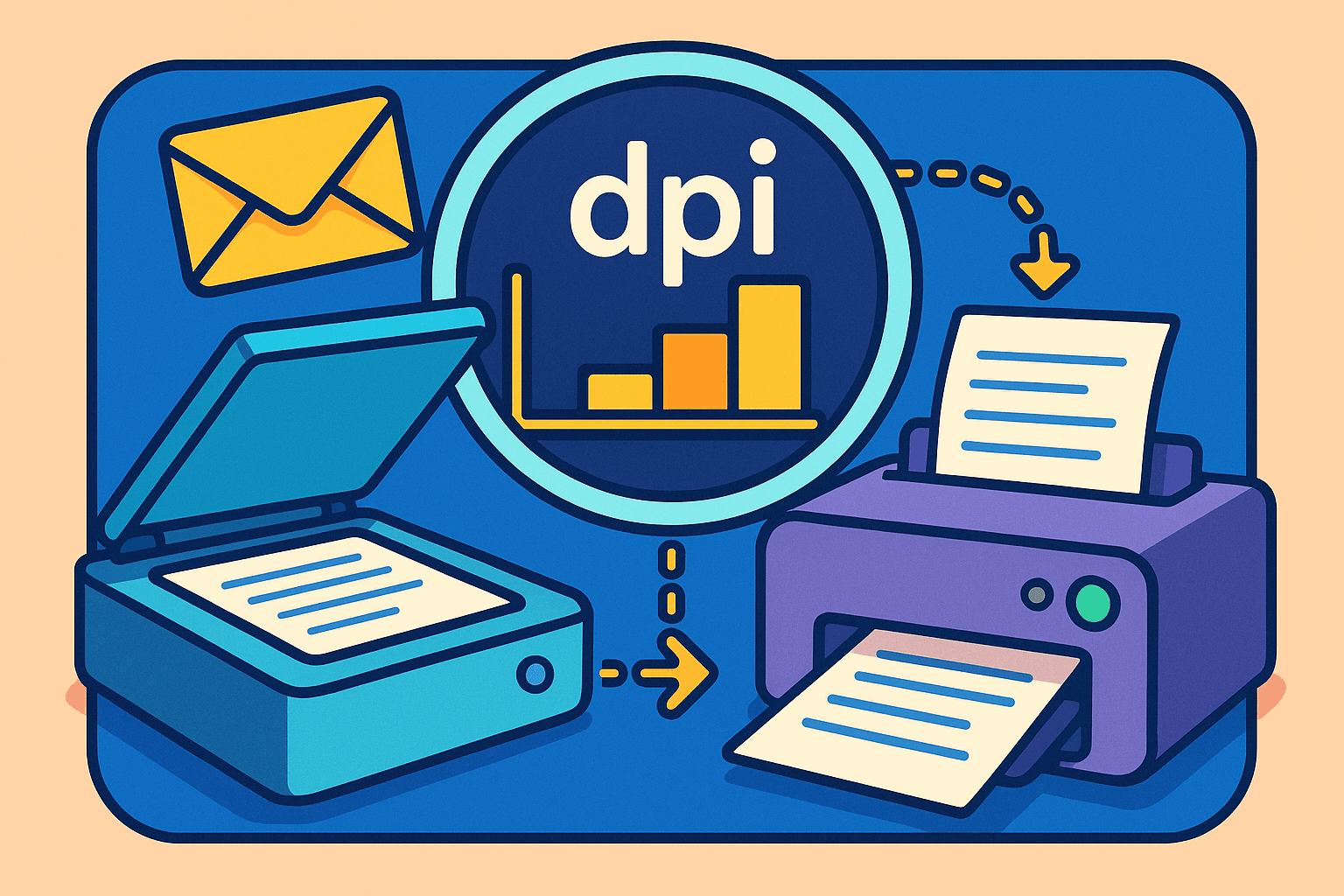
Master scan to email printer resolution with our definitive 2025 guide! Learn optimal DPI settings for documents, photos & artwork to balance quality and file size.
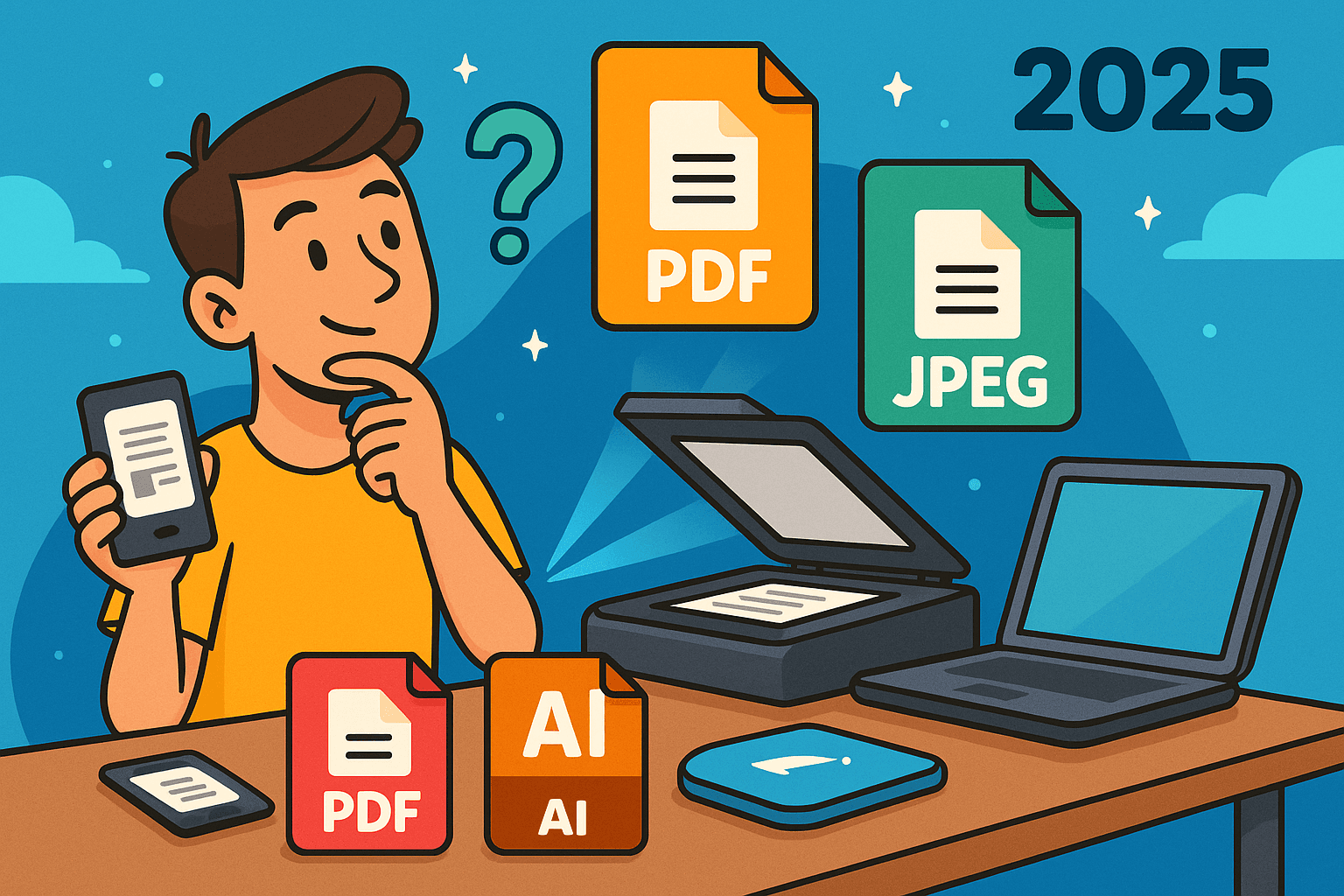
Discover the best scan to email file formats for 2025! Learn when to use PDF, JPEG, PNG or TIFF to ensure your scanned documents arrive perfectly every time.

Discover how scan-to-email printers reduce energy
May 20, 2025

Master scan to email printer resolution with our d
May 19, 2025

Discover the best scan to email file formats for 2
May 18, 2025
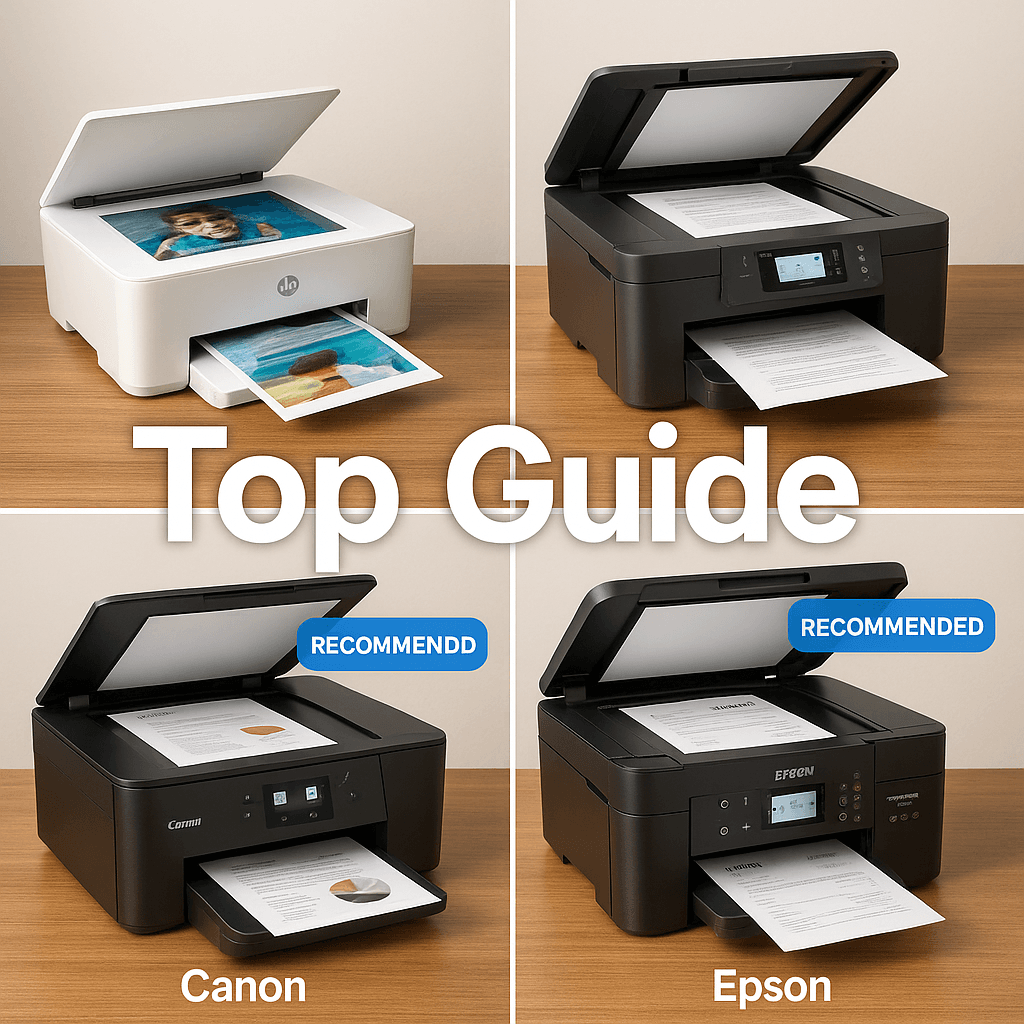
Modern scan-to-email technology transforms how we
May 18, 2025
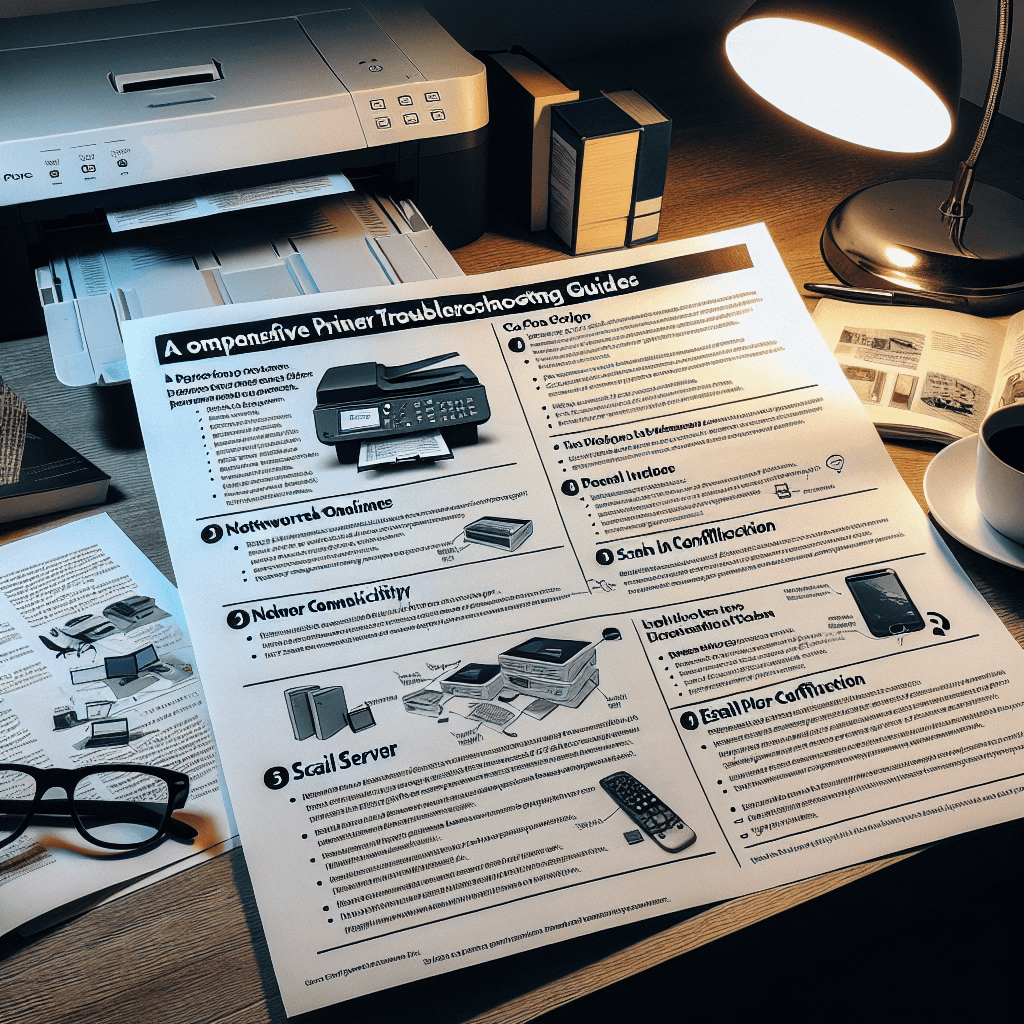
Master printer scanning problems with our complete
May 17, 2025
Newsletter
Don't miss a thing!
Sign up to receive daily news